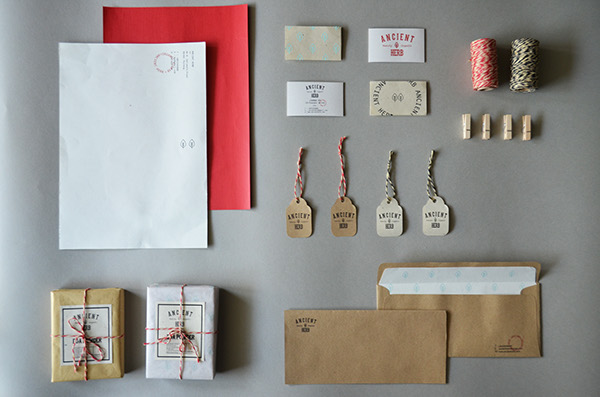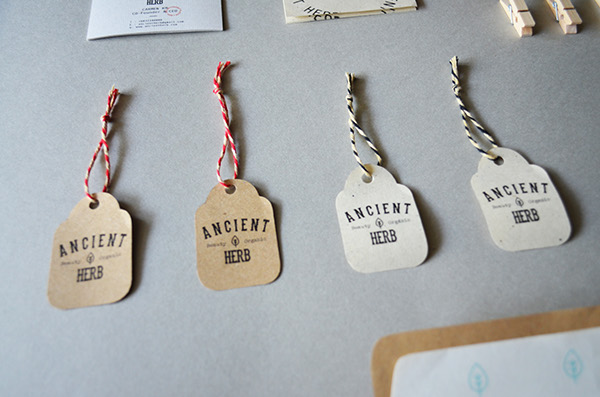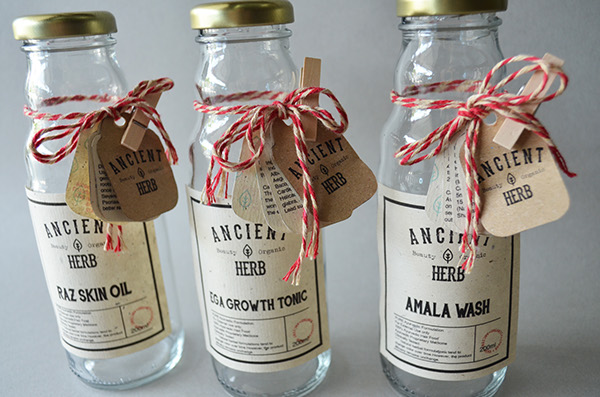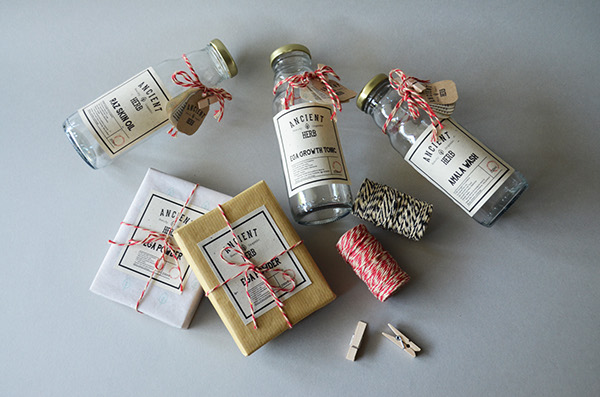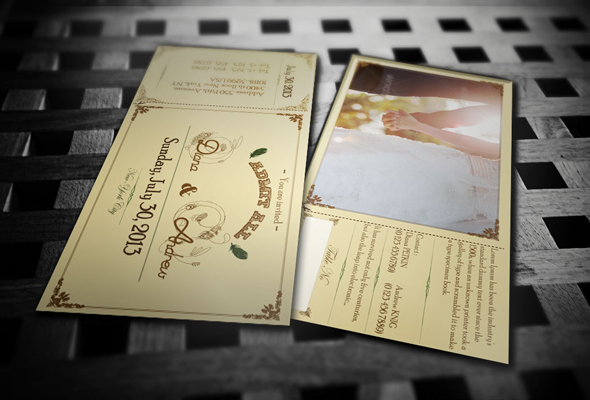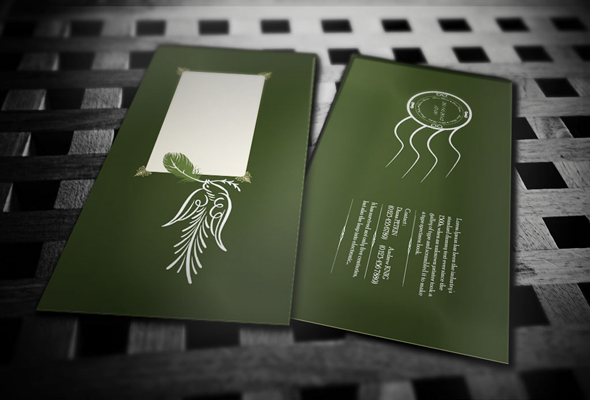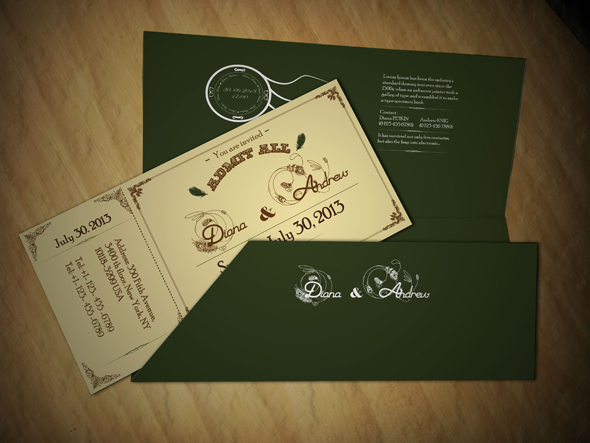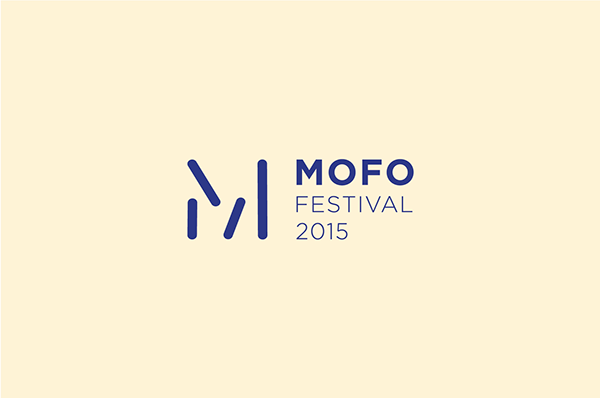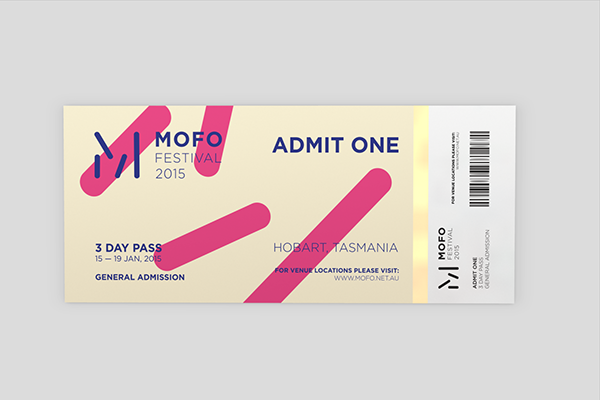Introduction - what you’re going to address, how you’re going to address it.
In this lecture I wish to look at a not uncommon way of writing and structuring books, dissertations and theses. This approach, I will argue, involves the writer announcing at the outset what he or she will be doing in the pages that follow. The default format of academic research papers and textbooks, it serves the dual purpose of enabling the reader to skip to the bits that are of particular interest and — in keeping with the prerogatives of scholarship — preventing an authorial personality from intruding on the material being presented. But what happens when this basically plodding method seeps so deeply into a writer’s makeup as to constitute a neutralisation of authorial voice, a limitation, a faux-objectivity?
DERRIDA, J. (1987) Glas, Nebraska: University of Nebraska Press
Academic Conventions are like an institutional framework for your work
They structure and standardise
They aspire to academic honesty
At this level you are expected to be able to:
Demonstrate a critical knowledge of practice
Apply theory to practice
Analyse relevant material
Demonstrate a critical knowledge of practice
Apply theory to practice
Analyse relevant material
Evaluate theory and evidence within the context of study
Reflect – critiquing and critically reflecting on your learning and using this to improve practice.
Surface Approach
Concentration on Learning Outcomes
Passive acceptance of ideas
Routine memorisation of facts
Sees small chunks
Ignore guiding patterns and principles
Lack of reflection about, or ignorance of, underlying patterns and theories
Little attempt to understand
Minimal preparation or research
Independent engagement with material
Critical and thoughtful about idea and information
Relates ideas to own previous experience and knowledge
Sees the big picture
Relates evidence to conclusions
Examines logic of arguments
Interested in wider reading and thinking
Critical and thoughtful about idea and information
Relates ideas to own previous experience and knowledge
Sees the big picture
Relates evidence to conclusions
Examines logic of arguments
Interested in wider reading and thinking
Ongoing preparation and reflection
How do I evidence deeper learning?
Academic writing is formal and follows some standard conventions
Each academic discipline has its own specialist vocabulary which you will be expected to learn and use in your own writing
The substance of academic writing must be based on solid evidence and logical analysis, and presented as a concise, accurate argument.
Academic writing can allow you to present your argument and analysis accurately and concisely.
Aim for precision. Don’t use unnecessary words or waffle. Get straight to the point. Make every word count.
If there is any uncertainty about a particular point, use cautious language (such as ‘may’, ‘might’, ‘could’, ‘potentially’).
Unless you are a confident writer, it is best to avoid over-long sentences and to aim for a mixture of long and short sentences for variation and rhythm.
Avoid repeating the same words
Terrible example of writing
Avoid Abbreviations and Contractions
Avoid slang words and phrases
Avoid conversational terms
Avoid vague terms
In many academic disciplines, writing in the first person is not acceptable as it is believed to be too subjective and personal. Many tutors prefer impersonal language to be used in assignments.
First person sentences use the pronouns ‘I’ and ‘we’. For example:
We have considered...
I suggest that...
I have observed...
First person sentences use the pronouns ‘I’ and ‘we’. For example:
Consideration has been given to...
The suggestion here is that...
It has been observed...
Preliminaries- Title / Acknowledgements / Contents / List of Illustrations
Introduction- The abstract / Statement of the problem / Methodological approach
Main body- Review of the literature / logically developed argument /Chapters / results of investigation / Case Study
Conclusion- Discussion and conclusion / Summary of conclusions
Extras – Bibliography / Appendices
Ask yourself why are you really stuck?
Avoid negativity
Avoid negativity
Picture what being ‘unstuck’ would look like
Visualise
Becoming Unstuck
Project Self Assessment
Write down the major aims of the project
Give a brief summary of the work so far
Comment on your time management
Do you know what the final project will look like?
What steps will you take to ensure it gets there?
What areas of the project are you worried about?
What ‘risk management’ plans do you have?
Comment on your time management
Do you know what the final project will look like?
What steps will you take to ensure it gets there?
What areas of the project are you worried about?
What ‘risk management’ plans do you have?
How are you going to use the remaining tutorials?
Running Out of Time
15th Jan- 7 weeks away
Refer to your original plan
Be more disciplined than ever
Don’t prioritise the practical over the written element, or vice versa.
Set targets
Refer to your original plan
Be more disciplined than ever
Don’t prioritise the practical over the written element, or vice versa.
Set targets
Scale down your ambitions if necessary
Some Other General Advice
Presentation / Academic Conventions. Refer to the guides on eStudio carefully.
Harvard Referencing
Author (date) Title Place Publisher
MILES, R. (2013) Why Referencing, Leeds: LCA Publishing
Miles, R. (2013) Why Referencing, Leeds: LCA Publishing
MILES, R. (2013) Why Referencing, Leeds: LCA Publishing
Miles, R. (2013) ‘Why Referencing’, Leeds: LCA Publishing
‘quote’ (surename, page, year)
‘I have no idea how to reference’ (Miles, 2013:7)
‘I have no idea how to reference’ (Miles, 2013, p.7)
“I have no idea how to reference” (Miles, 2013, p.7)
“I have no idea how to reference” (Smith in Miles, 2013, p.7)
BIBLIOGRAPHY SHOULD BE APHABETICISED BY SURNAME AND SEPERATED OUT INTO TYPES OF RESEARCH SOURCES (BOOKS / WEBSITES / JOURNALS / VISITS…)
Conclusion
In this lecture I have attempted to highlight the simultaneous necessity and limitations of a variety of academic conventions that institutionally frame research at undergraduate level. Put in slightly different terms, the necessity and limitations of structure per se. In doing so I hope to have broadly outlined a method for academic writing and the presentation of research in such work. As has been suggested, the contradictory nature of research sources on this topic can be disorienting for the budding researcher and, because of this, the importance of each individual finding consistent, but workable and personal, methods and approaches cannot be over-emphasised. Ultimately, ‘the default format’ of academic research, alluded to throughout, is one of many institutional codes, or discourses, that we have to learn to operate within, or perhaps subvert from within. The success of this maneuvre will ultimately determine ‘success’ in institutional terms, in the form of a grade but, hopefully, not at the expense of ‘success’ in different terms, be they creative, artistic, personal or such like.
